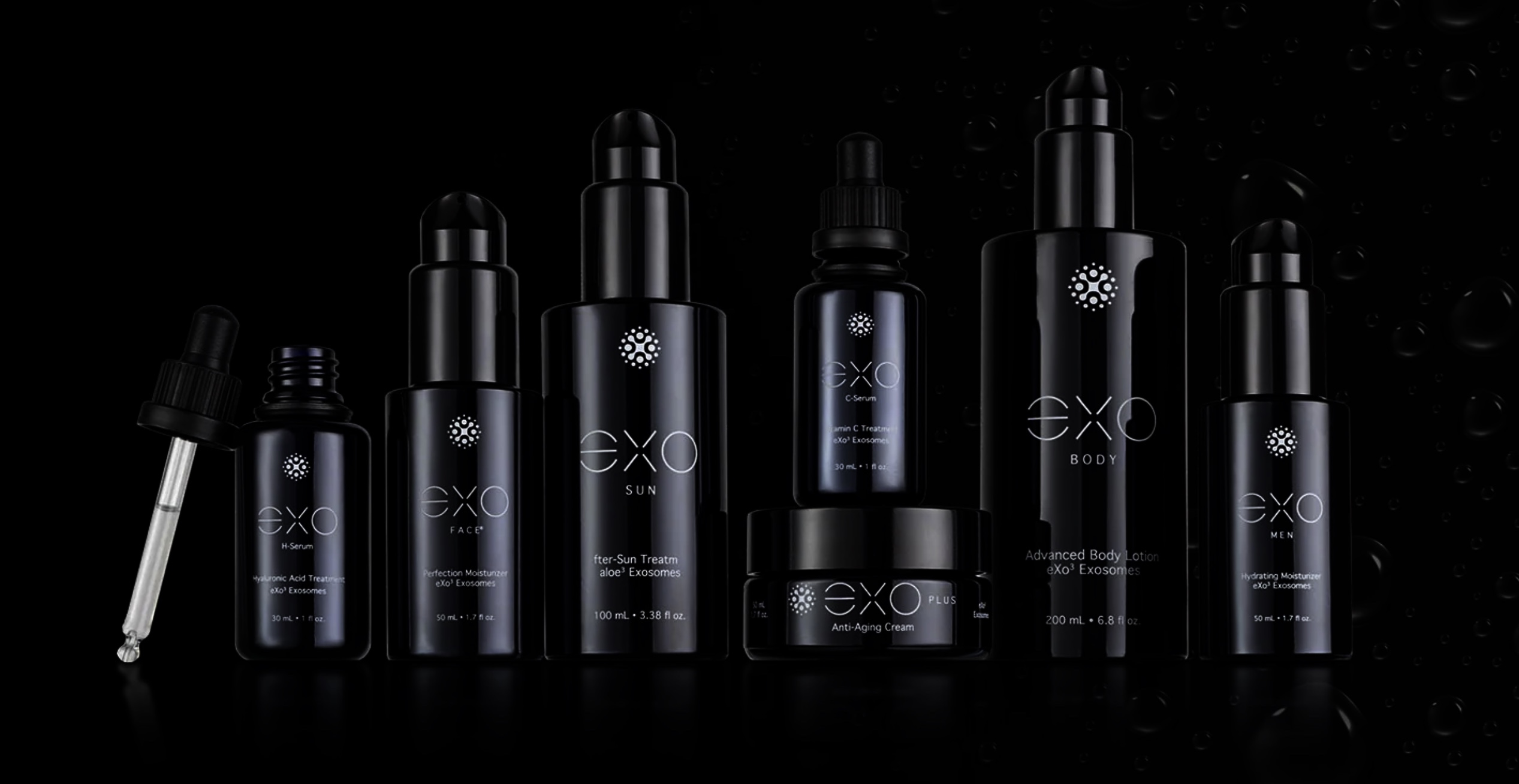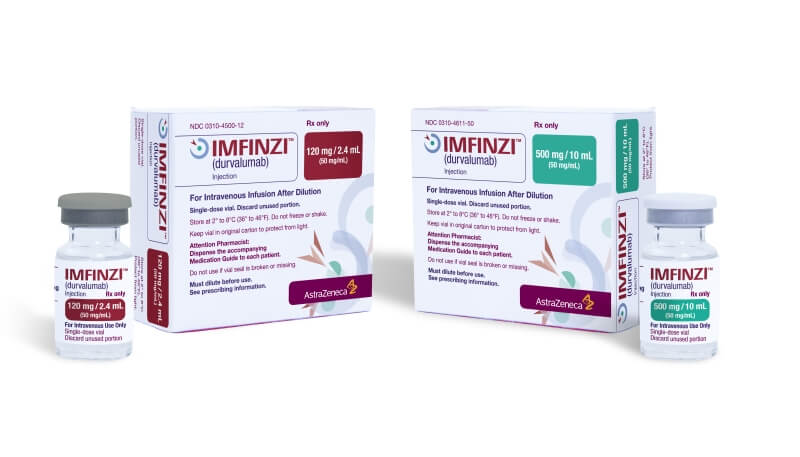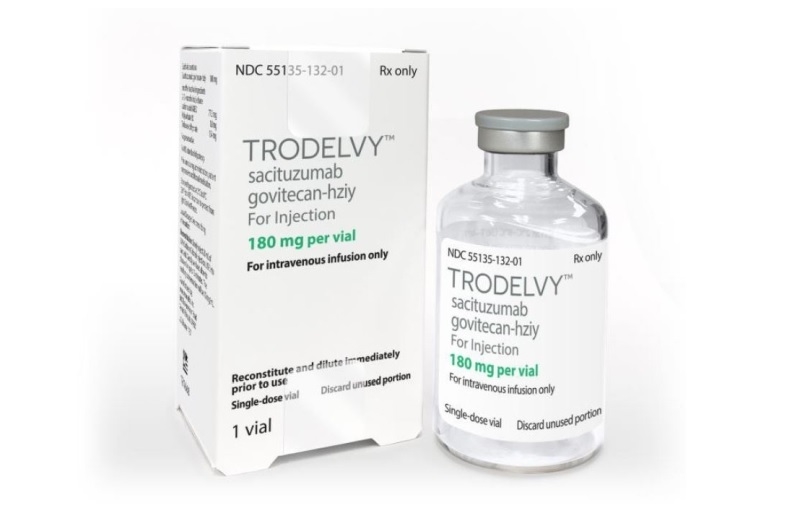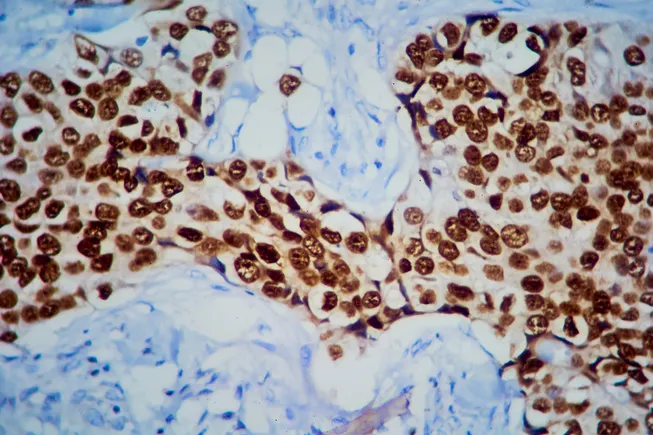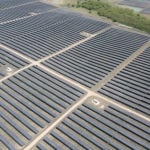A Novel Aldehyde Scavenging Modification Boosted Pericardium Valve Materials against Calcification
Advanced Healthcare Materials, EarlyView.

Enabling bioprosthetic heart valves (BHV) to resist calcification remains a significant challenge. In light of clinical needs, sodium thiosulfate is designed as a depleter to eliminate residual aldehyde in glutaraldehyde-cross-linked pericardium, creating a biocompatible pericardium with robust anti-calcification and immune-privileged microenvironments. These advancements offer a novel pathway to regulate pericardium calcification behavior, facilitating improved generation of BHV.
Abstract
Calcific aortic valve disease is an inexorably degenerative pathology and a common cause of morbidity and mortality in heart disease. Clinically, it has no effective medical therapy but can be managed with artificial heart valve replacement, particularly using bioprosthetic heart valves (BHV), entailing high biocompatibility. Current BHV mainly derives from glutaraldehyde (GA) cross-linked pericardium, however, residual aldehyde groups may inevitably remain during cross-link, potentially binding with calcium and inducing in situ calcification after implantation, thus leading to valve re-failure and posing a significant clinical challenge. Inspired by the high reducibility and clinical potential of sodium thiosulfate (STS), herein, STS as a novel modification post GA cross-linking to eliminate residual aldehyde in pericardium is presented. Notably, in vitro and in vivo studies demonstrated high ability against calcification in STS-modified porcine pericardium (SPP) with over 75% decrease of calcific density compared to GA alone cross-linked pericardium (GPP). More importantly, SPP can reduce macrophages and T cell inflation, as well as their associated proinflammation cytokines, building an immune-privileged microenvironment with a suppressed inflammation response. More generally, given the great potential of STS in treating vascular calcification clinically, these achievements further offer a new generation of BHV materials with boosted anti-calcification.














































